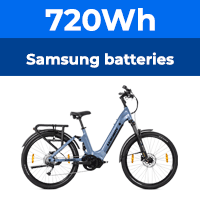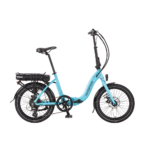Torque is in part a function of gearing, in lower gears there is more torgue. A mid drive motor in bottom gear should give more than the headline 50Nm.
Torque is measured at the cranks for crank drive motors, and at the wheels for hub motors.
When a crank drive motor turns the rear wheel, what is conserved is the power of the motor.
The relationship between power and torque is: power (in Watts like 250W) = torque (in Newton Meter NM) * rotational speed (in radian per second, rad/s).
the torque is inversely proportional to the rotational speed, if your rear cog has fewer teeth, your wheel spins faster but with less torque. If you have a hill to climb, you can't climb it in the wrong gear because the motor will give you too little torque.
All torque measurements for crank drive e-bike motors are for a ratio 1:1 - same number of teeth on the rear cog as on the chainring.
If you want to compare how strong a hub motor is against a crank motor, you need to specify a context, such as speed, gear ratio and usually the gradient and the combined weight of rider + bike.
I use the motor emulator at ebikes.ca for that.
"There's no such thing as a rated watt!" Read here for why we don't advertise a simple power rating for the motors we sell. Also, have a look at our Youtube video where Justin talks about the power to propel bicycles in <a href="https://www.youtube.com/watch?v=ALde6zhLPs0">"School of Watts"</a>.

www.ebikes.ca
Most of the time, you find hub motors at 40NM-60NM, crank motors at 60NM-100NM.
That does not mean that hub motors are less strong than crank motors because most of the time, people select a smaller cog than their chainring, but because you can select the best gear for the gradient, you can use your crank drive motor more efficiently than your hub motor when the going gets real tough.
Don't forget that you have to pedal much harder with a bike fitted with torque sensor, if you need X, you have to input at least 25% of X.
A lot of riders can't cope with hills with a torque sensor bikes because they can't maintain a high enough input.







